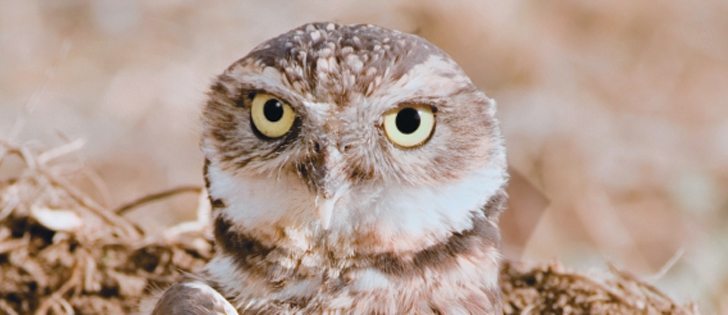Coexistence on the Canadian landscape is not new. Soil, plant, animal and human populations have come and gone long before Canada was a country.
However, as a country we have created a system of boundaries, laws and corresponding policy to settle, develop, profit, conserve and protect various aspects of the soil, plants, animals and humans that exist today.
Canadians have a strong global reputation for healthy coexistence, but maintaining and improving the country’s natural capital requires continual re-evaluation of our goals and the corresponding policies that encourage practices to meet those goals.
Read Also

Farmer ownership cannot be seen as a guarantee for success
It’s a powerful movement when people band together to form co-ops and credit unions, but member ownership is no guarantee of success.
The notion of understanding agricultural practices that conserve wildlife habitat may not have been a primary policy driver during the settlement of Canada, but it has become a growing issue.
The Canadian and global demand for sustained wildlife populations is growing, and it will be interesting to see if future policy will be designed to exist in concert with wildlife habitat requirements.
Animals and plants protected under the Species at Risk Act are the most obvious examples, and it will be an interesting exercise to develop agricultural policy that supports the legislation. This may challenge the notion that agricultural production practices should focus on increasing production.
Agricultural policy is largely driven by the desire to increase production of a specific commodity, which naturally leads to soil, plant and animal management practices that meet that goal.
The implementation of environmental farm planning has begun to broaden the discussion, but many of the approved practices and corresponding funding are related to increases in production or production efficiency.
It is healthy to re-examine agricultural policy goals to ensure that the best decisions are made for Canadians, and inherent in current and future discussions is the growing conversation surrounding the notion of sustained production as opposed to increased production.
The definition of sustained production is beginning to emerge out of organizations such as the Global Roundtable for Sustainable Beef.
The roundtable’s mission is to advance continuous improvement in sustainability of the global beef value chain through leadership, science and multi-stakeholder engagement and collaboration.
It has identified a common global interest in sustained beef production but also recognizes that successful implementation of production practices require local relevance.
In Canada, much of the landscape that lends itself to coexistence is on remaining rangelands. Many of these areas exist in spite of previous agricultural policy that was focused on settlement and the quest for continual increases in production.
Canada would not be what it is today without that policy, but we need to identify where we want to be tomorrow.
If we assume that the Species at Risk Act demonstrates a Canadian de-mand for the species it was designed to protect, then agricultural policy should encourage the practices that will achieve that future.
The South of the Divide Action Program and its stakeholders in Western Canada may be leading the way in identifying where opportunities exist to develop agricultural policy that clearly identifies and supports coexistence with species at risk.
Key to developing such policy is identifying agricultural practices that foster coexistence and the factors that have sustained livestock production while providing species at risk habitat.
Rather than create something new, appropriate policy may need to identify and encourage how to sustain what exists.















